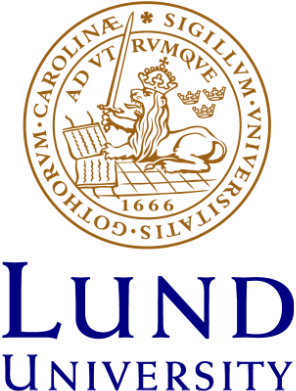Cellular immune mechanisms in autoimmune thrombocytopenic purpura : An update
Autoimmune thrombocytopenic purpura (AITP) is a bleeding disorder in which autoantibodies are directed against an individual's own platelets, leading to enhanced clearance through Fc receptor (R)-mediated phagocytosis by macrophages residing in the reticuloendothelial system (RES), particularly in the spleen. The production of IgG autoantibodies is critically dependent on cellular immune mechanism
